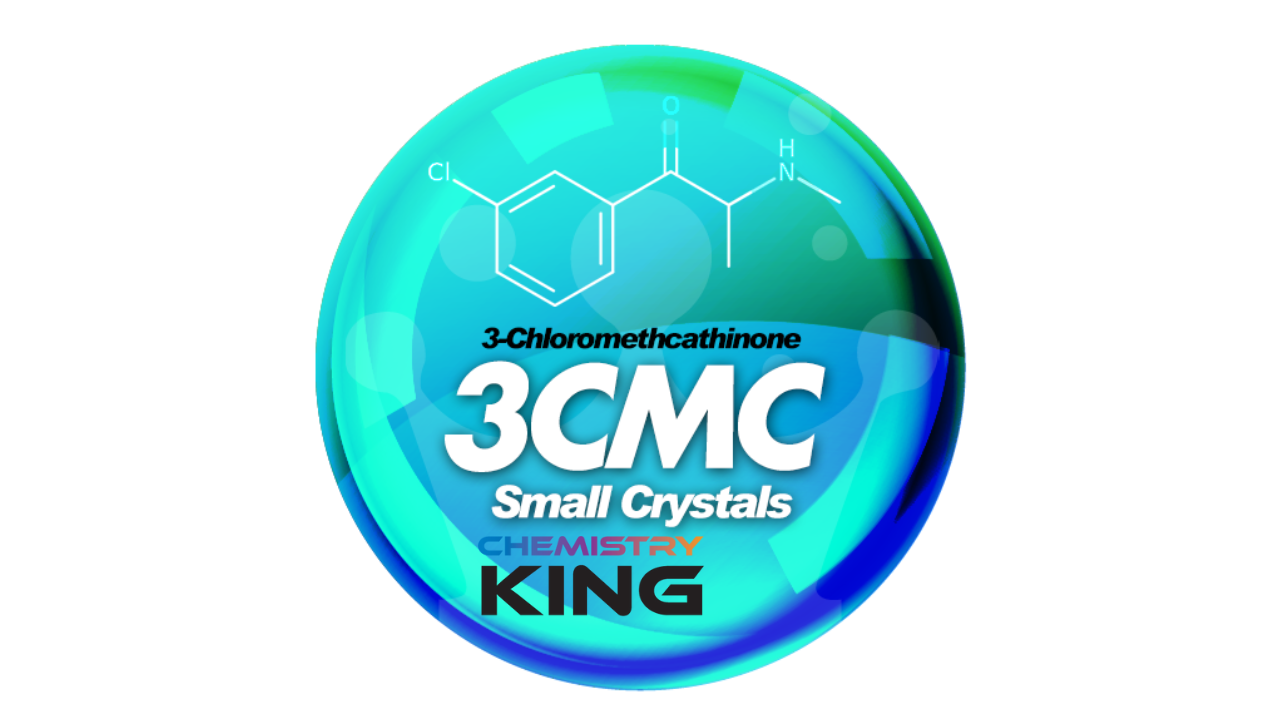Is 3CMC a Soft Drug? Exploring the Classification and Implications
When discussing the classification of substances like 3CMC (3-Chloromethcathinone), it is crucial to establish an understanding of what differentiates soft drugs from hard drugs. Typically, “soft drugs” are considered to be substances with lesser potential for addiction and overall harm, particularly when compared to “hard drugs,” which are often associated with significant health risks and high addictive potential. In this detailed analysis by Chemistry King, we’ll dive deep into the nature of 3CMC, examining its chemical properties, effects, and legal status to determine whether it can be considered a soft drug.

Chemical Properties and Effects of 3CMC
3CMC belongs to the cathinone family, a group of compounds structurally similar to amphetamines and derived from the khat plant. Like other synthetic cathinones, 3CMC is known to stimulate the central nervous system, resulting in increased levels of dopamine, serotonin, and norepinephrine in the brain. The effects of 3CMC can include euphoria, increased energy, sociability, and alertness, akin to other stimulants such as MDMA or cocaine.
However, the side effects linked with 3CMC usage are not to be overlooked. Users have reported outcomes ranging from palpitations and sweating to more severe effects like hallucinations, severe paranoia, and even psychosis. The potential for these adverse effects contributes significantly to the discourse on its classification as a soft or hard drug.
Addiction Potential and Health Risks
One of the primary considerations in classifying a substance as a soft drug is its potential for addiction. 3CMC, with its stimulant properties, carries a risk of addiction. The compound can cause psychological dependency, where users may feel a need to continue using the drug to recreate its euphoric effects or to avoid the discomfort of withdrawal symptoms, which can include fatigue, depression, and irritability.
Moreover, the health risks associated with 3CMC are not trivial. Regular use can lead to cardiovascular issues, neurological damage, and cognitive impairments. These risks are amplified by the lack of regulation and quality control in the production of 3CMC, as it is often manufactured clandestinely and may contain impurities or other harmful substances.

We sell our products exclusively to customers aged 18 and over, strictly for research purposes only.

Extended Use and Societal Impact
One of the primary considerations in classifying a substance as a soft drug is its potential for addiction. 3CMC, with its stimulant properties, carries a risk of addiction. The compound can cause psychological dependency, where users may feel a need to continue using the drug to recreate its euphoric effects or to avoid the discomfort of withdrawal symptoms, which can include fatigue, depression, and irritability.
Moreover, the health risks associated with 3CMC are not trivial. Regular use can lead to cardiovascular issues, neurological damage, and cognitive impairments. These risks are amplified by the lack of regulation and quality control in the production of 3CMC, as it is often manufactured clandestinely and may contain impurities or other harmful substances.
Legal Status and Implications
The legal status of 3CMC varies by country, reflecting the global community’s mixed stance on synthetic cathinones. In many regions, 3CMC has been classified as a controlled substance, illegal to produce, distribute, or possess. This classification is typically due to its potential for abuse, health risks, and association with illicit drug activities.
In jurisdictions where 3CMC is illegal, it is certainly not considered a soft drug. The legal framework often categorizes it alongside other high-risk substances that are prone to abuse and capable of causing significant harm.

Considering the addictive potential, health risks, the serious legal consequences associated with its use, and the broader social impact, 3CMC does not fit the typical profile of a soft drug. While it may share certain effects with substances that are often categorized as less harmful, the overall impact and risks of 3CMC use are substantial. It is important for both users and policymakers to approach the classification and handling of such substances with a well-informed perspective, acknowledging both the scientific evidence and the real-world implications of their use.
In conclusion, classifying 3CMC as a soft drug would undermine the significant risks it poses to individuals and communities, suggesting a more cautious and informed approach is necessary when dealing with synthetic cathinones and similar substances. From our perspective at Chemistry King, a nuanced and cautious approach is essential in handling substances like 3CMC. This comprehensive analysis underscores our commitment to educating and informing our community about the complexities of research chemicals.
FAQ and How We Can Help
Frequently Asked Questions answered here; don’t hesitate to ask more!
3CMC (3-Chloromethcathinone) is a synthetic cathinone similar to amphetamines, used primarily in scientific research. At Chemistry King, we guarantee the purity of 3CMC by sourcing our products from certified labs where they undergo rigorous quality control testing to ensure they meet high standards suitable for professional use.
3CMC (3-Chloromethcathinone) is a synthetic cathinone similar to amphetamines, used primarily in scientific research. At Chemistry King, we guarantee the purity of 3CMC by sourcing our products from certified labs where they undergo rigorous quality control testing to ensure they meet high standards suitable for professional use.


